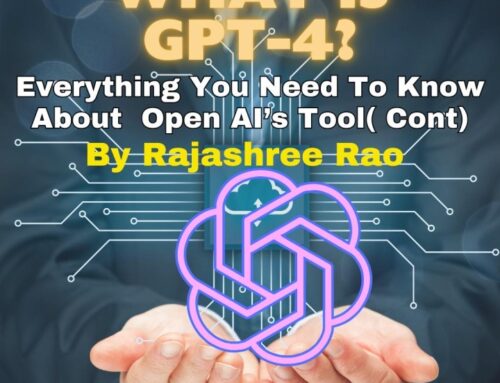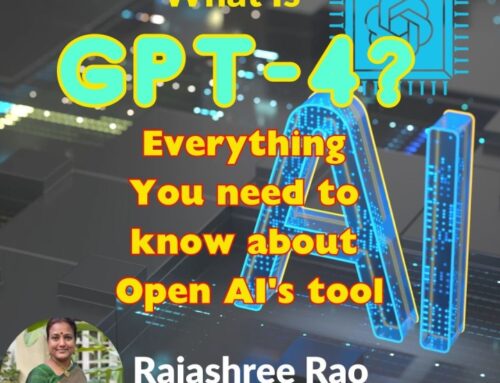According to Wikipedia, an Intranet is a private network accessible only to an organisation’s staff. The organisation-wide intranet refers to the internal IT system which has all the company related information and services that would not be available from the internet to the public. It constitutes for company’s internal communication and collaboration.
Intranet of Things is a term coined by Airbus’ Carlo Nizam, which refers to connecting the organisation’s assets. Intranet of things is an alternative model to Internet of Things, and both use the same kind of technologies and systems limiting the accessibility of connected things only to the virtual private network (VPN) or to the corporate network.
This concept, however, is not new and has already been proposed by General Electric known as the Industrial Internet of Things (IIoT) which incorporates the physical or digital assets which are available only within the classified parameters or within its corporate network.
Today, with the growing issues of cyber security threats, data privacy, and other internet attacks, poses a huge challenge for Internet of Things technology adoption by the organisation as well as the individuals in this world. Recently, the London Barclays Bank computer system was hacked by a gang of hackers stealing 1.3 million pounds. Similarly, Italy’s No. 1 bank UniCredit SPA, reported that the hackers took biographical and loan data from 400,000 client accounts in one of the biggest breaches of the European banking security system in July 2017.
In the last couple of articles, I have been highlighting the need for IoT solutions exclusive to a woman which will help address the challenges that are women centric. As a woman and an individual, I greatly value my privacy and personal data security. I believe same is the case with many others too in this world. Given this challenge, the women, in general, are going to be sceptical in adopting the game-changing IoT technologies/solutions.
To address these issues, I found the solution is ‘Intranet of Things’. I want the Industry stakeholders to build a private VPN which will provide an end-to-end IoT solution that will connect all my devices, systems, network, and things collecting and integrating the data at the device level for providing analytics and taking decisions. The connectivity happens here through an internal network which is not connected to any external network or devices on the internet.
The data will be filtered at the device level by the Edge computing platform, and only that data which is required by the Government agencies and other authorities concerning the individual’s safety and security will be made available on the cloud platform. This data is used for advanced analysis for right decision making or for predicting or taking preventive actions involving either an individual or an organisation.
This solution will also be addressing one of the significant technology challenges faced by the industry called ‘Data deluge.’ There is a crisis due to the volumes of new data that is being generated from various devices, is alarming and overwhelming the capacity of corporations, institutions, and researchers to manage it and make use of only the relevant data required by them. Hence, the data analytics capability at the device level through edge computing becomes critical as it filters the unwanted data received from various devices.
The edge then shares the filtered data that is relevant and required at the cloud level for advanced analytics. This mechanism helps the cloud in the turn-around time of decision making or providing a solution to address all the critical problems that require immediate response.
The solution also helps in cutting the cost of maintaining huge and multiple data centres to other infrastructure across the globe that is required for storing such enormous volumes of data and protecting them from the security breach. This eliminates the biggest concern of the data security and privacy and impacting the adoption of IoT technology which paves the way for the digital transformation.
To summarise, I strongly recommend the Industry to consider the solution provided by me using ‘Intranet of Things’ which addresses all the problems highlighted in my article right from data security and privacy, data deluge, reduce infrastructure costs, and influence the adoption IoT technology by every individual or an organisation through Intranet of Things for making the vision of ‘Safe City and Smart Nation a dream come true or become a reality’.




